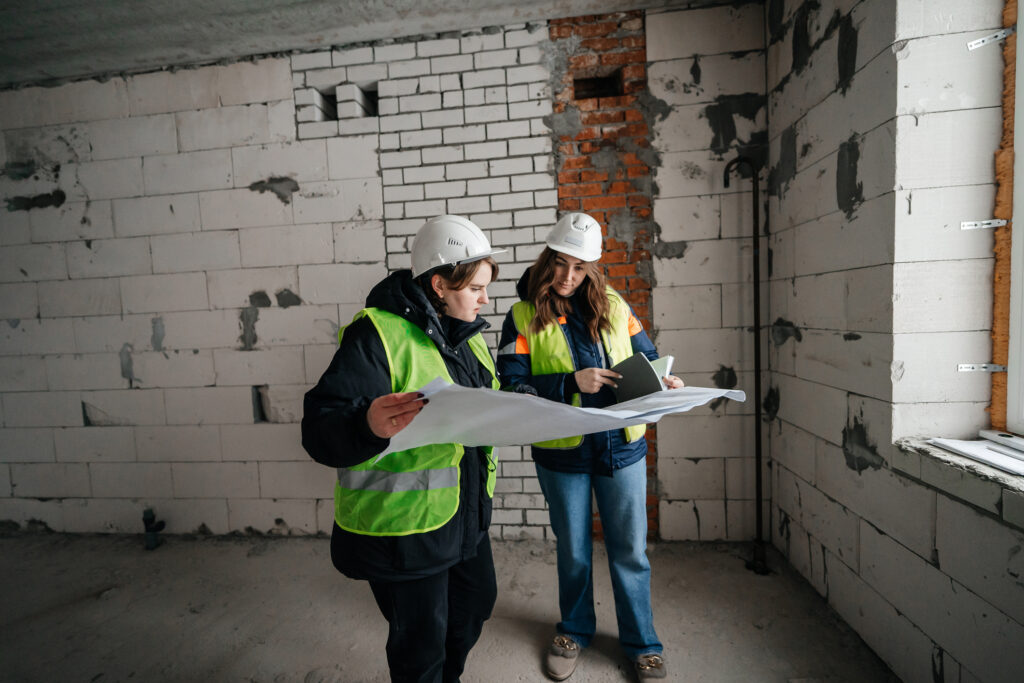By Lewis Nibbelin, Contributing Author, Triple-I
Each greenback invested in catastrophe resilience at this time can save communities as much as $33 in averted financial prices, in accordance with new analysis from the U.S. Chamber of Commerce, Allstate, and the U.S. Chamber of Commerce Basis.
Constructing on their 2024 discovering that such investments save $13 in advantages, the report detailed the burgeoning toll of more and more frequent and extreme pure catastrophes throughout the USA, underscoring a necessity for stronger collective motion to mitigate local weather threat.
Make investments Now, Save Later
After experiencing the fifth consecutive 12 months of 18 or extra billion-dollar disasters in 2024, the USA additional drove the second costliest half-year ever for international insured losses from pure catastrophes in 2025 with January’s devastating wildfires in Southern California. Although reflecting a troubling “new regular,” the report demonstrates how resilience funding will help stabilize native economies and shield lives and jobs, whatever the scale or sort of catastrophe.
Modeling eventualities for 5 catastrophe varieties – hurricanes, tornadoes, wildfires, droughts, and floods – the research revealed that top resilience investments could minimize GDP losses by billions, with decreased funding resulting in considerably increased long-term prices throughout all eventualities.
For hurricane-prone areas, which may grapple with lasting disruptions to housing, schooling, and different primary infrastructure, the research famous that increased funding might stop the lack of $13.2 billion and greater than 70,000 jobs.
Emphasizing the “sensible, cost-saving” efficacy of catastrophe mitigation, the report concluded that “preparedness isn’t just a security measure – it’s a neighborhood financial growth technique.”
“Preparedness is as a lot about plans as it’s individuals,” added Wealthy Loconte, senior vp and deputy common counsel for presidency and trade relations at Allstate. “It’s supporting a neighborhood nonprofit to retain its staff and retains its doorways open after a catastrophe, working with civic leaders to develop restoration plans that reduce rebuilding prices, and educating neighborhood members on proactive investments that assist higher climate storms.”
Threat Discount in Observe
Past figuring out the broad impression of catastrophe preparedness, the report additionally supplies actionable insights for native leaders who purpose to spice up neighborhood resilience however are not sure the place or find out how to begin. Suggestions for catastrophe preparation embrace:
- Threat-Knowledgeable Design: Undertake and implement hazard-resistant constructing codes, equivalent to those who meet the Insurance coverage Institute for Enterprise & Dwelling Security’s FORTIFIED requirements. Replace zoning and land use planning in accordance with the newest threat information.
- Knowledge-Based mostly Selections: Enhance entry to threat information to tell, monitor, and assess the success of catastrophe mitigation efforts.
- Devoted Resilience Funding:Create a neighborhood fund for catastrophe mitigation to make sure constant funding and expedite post-disaster restoration.
- Public Engagement: Launch threat consciousness campaigns to facilitate particular person and arranged participation in preparedness and lift insurance coverage take-up charges.
- Stakeholder Partnerships: Coordinate cross-sector and multi-jurisdictional resilience methods to maximise advantages.
A survey launched in tandem with the report reveals that almost all resilience stakeholders – encompassing emergency managers, neighborhood planners, authorities officers, and different threat consultants – imagine public-private collaboration wants enchancment, with greater than half of respondents highlighting inadequate useful resource allocation and unclear decision-making processes as main causes for poor coordination.
Whereas most indicated state and native governments should play a serious position in catastrophe preparedness, response, and restoration, 58 p.c of respondents moreover underscored the federal authorities as essential at each part, notably for monetary help. As quite a few neighborhood resilience initiatives cling in limbo following the Trump Administration’s cancellation of $882 million in federal grants, it’s crucial for all beneficiaries of catastrophe resilience to assist develop smart options for predicting and stopping losses.
“As the associated fee and financial toll of disasters proceed to extend, leaders in any respect ranges of presidency ought to know that investments in infrastructure resilience will go a good distance in defending and getting ready native communities,” stated Marty Durbin, senior vp of coverage on the U.S. Chamber of Commerce. “Resilience investments cut back prices and pace up restoration. The sooner a neighborhood bounces again, the sooner jobs and financial progress return.”
Be taught Extra:
Examine Helps Defensible Area, Dwelling Hardening as Wildfire Resilience Instruments
Can a Fireplace-Prevention Gadget Be a “Gateway Drug” to Dwelling Resilience?
JIF 2025: Federal Cuts Imperil Resilience Efforts
Why Roof Resilience Issues Extra Than Ever
Examine Touts Payoffs From Alabama Wind Resilience Program
Louisiana Senator Seeks Resumption of Resilience Funding Program
Climate Balloons’ Position in Readiness, Resilience
BRIC Funding Loss Underscores Want for Collective Motion on Local weather Resilience

